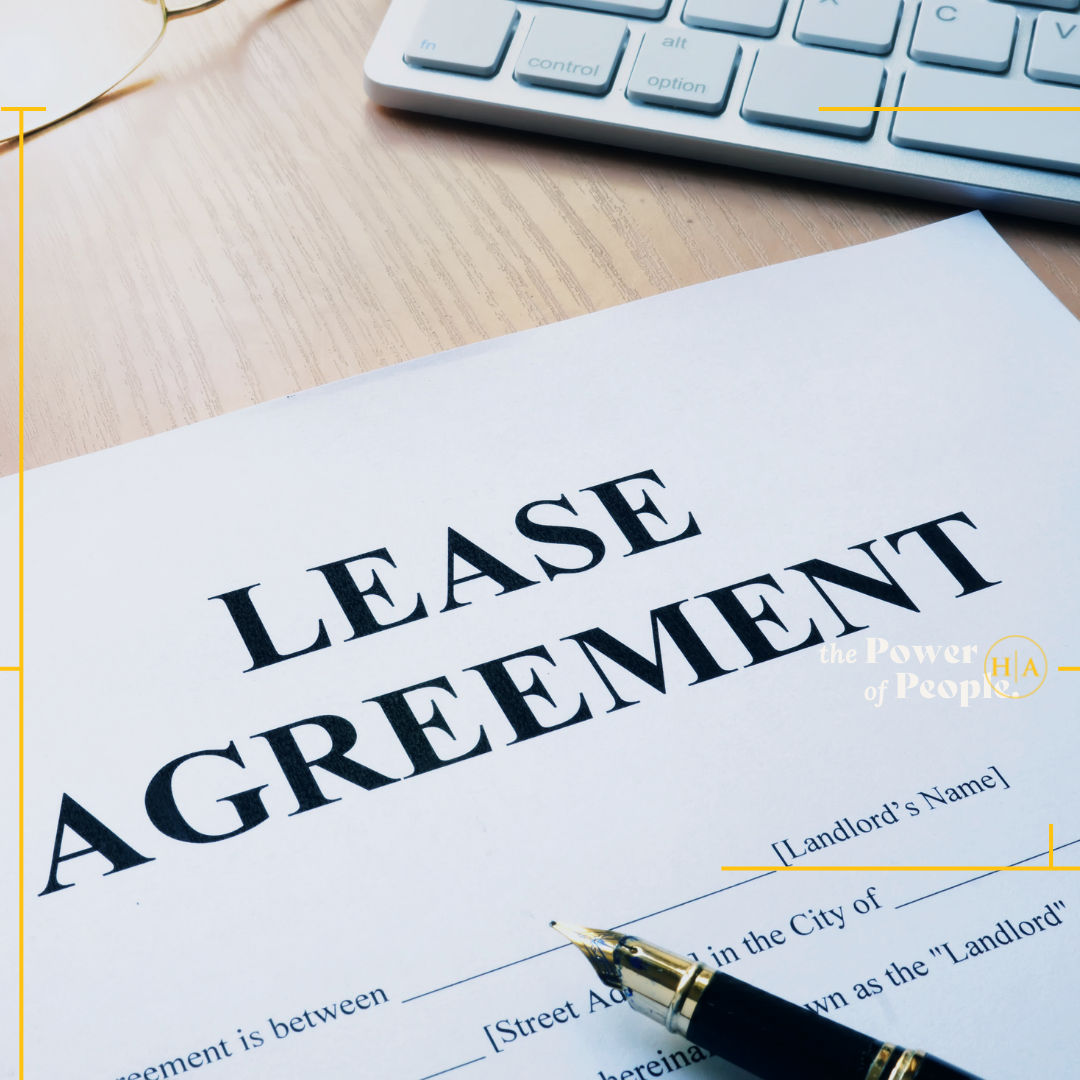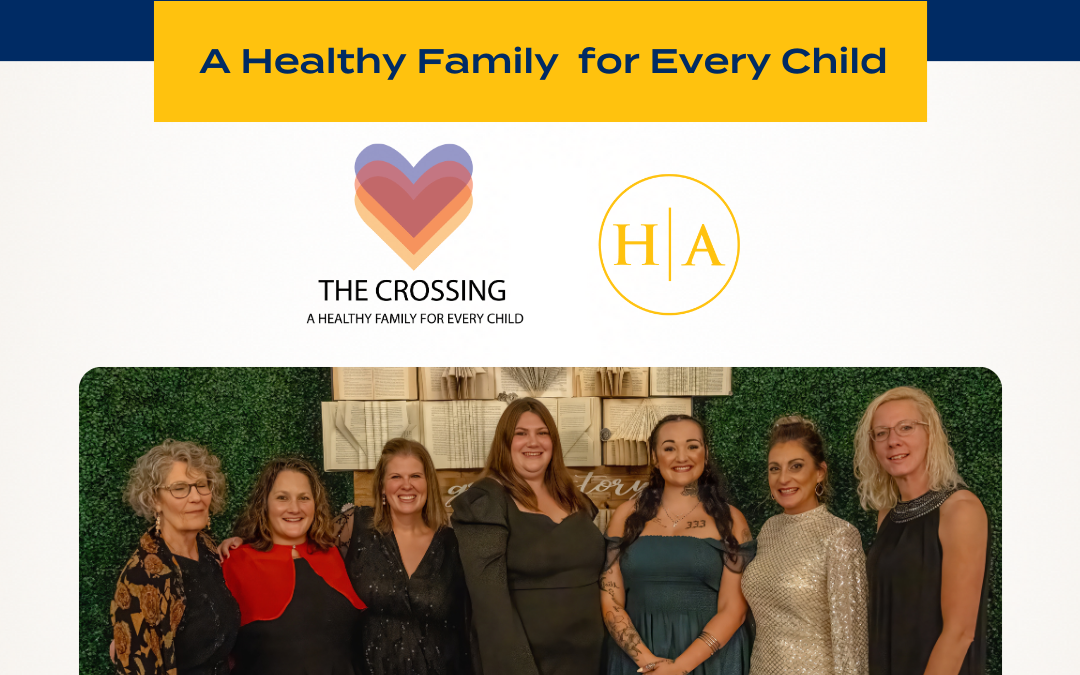The new accounting standard for Leases (Topic 842) that was issued back in 2016 is now effective for not-for-profit (NFP) organizations beginning on or after December 15, 2021. There will be no last-minute reprieve; now is the time to begin to think about this standard.
Why Did This New Lease Standard Come About?
The Financial Accounting Standards Board (FASB) was concerned that while the old standard required operating leases to record their activity on the income statement and disclose any future commitments in the footnotes, the impact of the off-balance sheet debt, which could be substantial, was not being reflected on the financial statements or considered by most organizations. The new standard’s purpose is to improve the quality of financial reporting by providing more transparency about the assets an organization uses and the risks associated with leasing transactions. The lease standard applies to all public and private companies, including nonprofit organizations.
Impact on NFP Organizations
The new standard requires the NFP to read each contract and make a determination about whether the contract is a lease. The definition of a lease is as follows: a lease is a contract or a part of a contract that conveys the right to control the use of an identified asset for a period of time in exchange for consideration. The right to control the use of an asset means that the organization has the right to substantially all the economic benefits of the asset and the right to direct the use of the asset. Many service contracts may fail to be considered a lease under this new definition, as they typically do not convey the right to control the asset.
Once it is determined that the contract meets the requirements of a lease, a “right to use” asset and a liability to make lease payments will be recorded on the financial statements for all leases that are greater than 12 months. Accounting for an operating lease and a finance lease are different.
A lease is classified as an operating lease unless it meets one of the following criteria:
- The lease transfers ownership at the end of the lease
- The lease grants an option to purchase the asset that the organization is reasonably certain to exercise
- The lease term covers substantially all (greater than 75%) of the expected economic life of the asset
- The present value of the sum of the lease payments plus any residual value is equal to or exceeds substantially all of the fair value of the asset
- The asset is so specialized that it is expected to have no other use to the lessor at the end of the lease term
As with all new standards, additional disclosures are required. The new disclosures will give the reader of the financials more information and aid them in making decisions about the organization. The standard does list some leases which are excluded, but the fact that the lease is immaterial is not a reason for exclusion. An organization can adopt a reasonable capitalization threshold as a way to assess whether recognition of lease assets and liabilities of smaller dollar leases is required. This policy should be consistent with other policies that the organization has such as capitalization of assets.
So What Can an Organization Do to Get Ready for Implementation?
First, gather all current contracts and list them on a spreadsheet. Read each contract and document the answers to the following questions on the spreadsheet:
- Does the contract grant the organization the right to control the use of the asset? If so, does the organization have rights to substantially all the economic benefits and the right to direct the use of the asset?
- Is the lease for a period of time that is greater than one year? Is there an option to extend or terminate the lease? If there is an option to extend the lease, is the organization reasonably certain they will exercise the option to renew? If there is a termination clause, who can terminate the lease? This will help to determine the measurement period of the lease.
- Schedule out the payments and identify if there is an in-kind component to the contract. This will need to be excluded from the measurement of the lease liability.
Creating this spreadsheet now will save you time in the future and allow you to ask questions to properly assess the impact this standard will have on your organization and make the implementation process easier. If you have any questions on how to apply the lease standard, please contact your Hawkins Ash CPAs representative.





